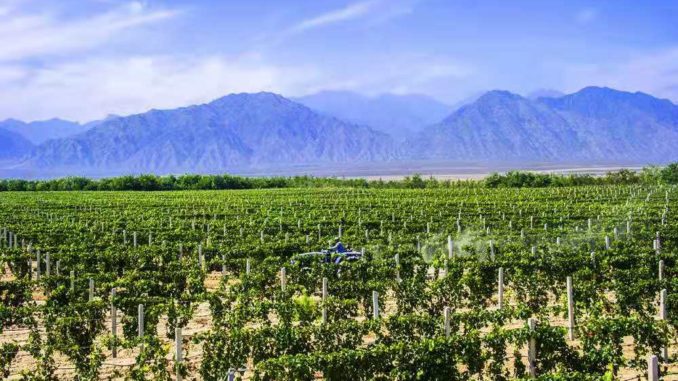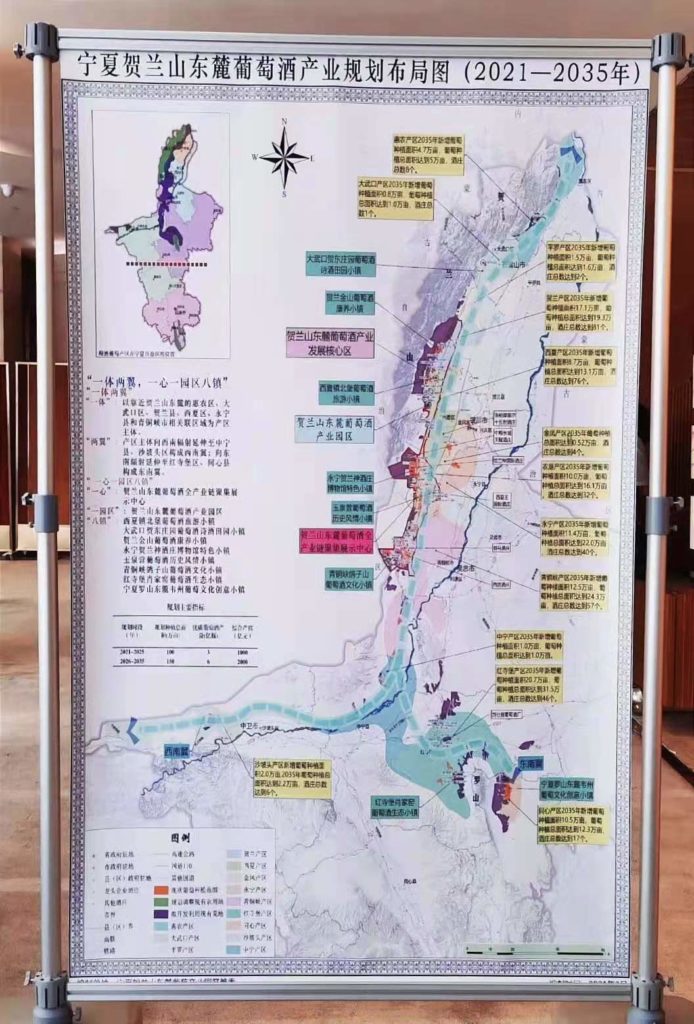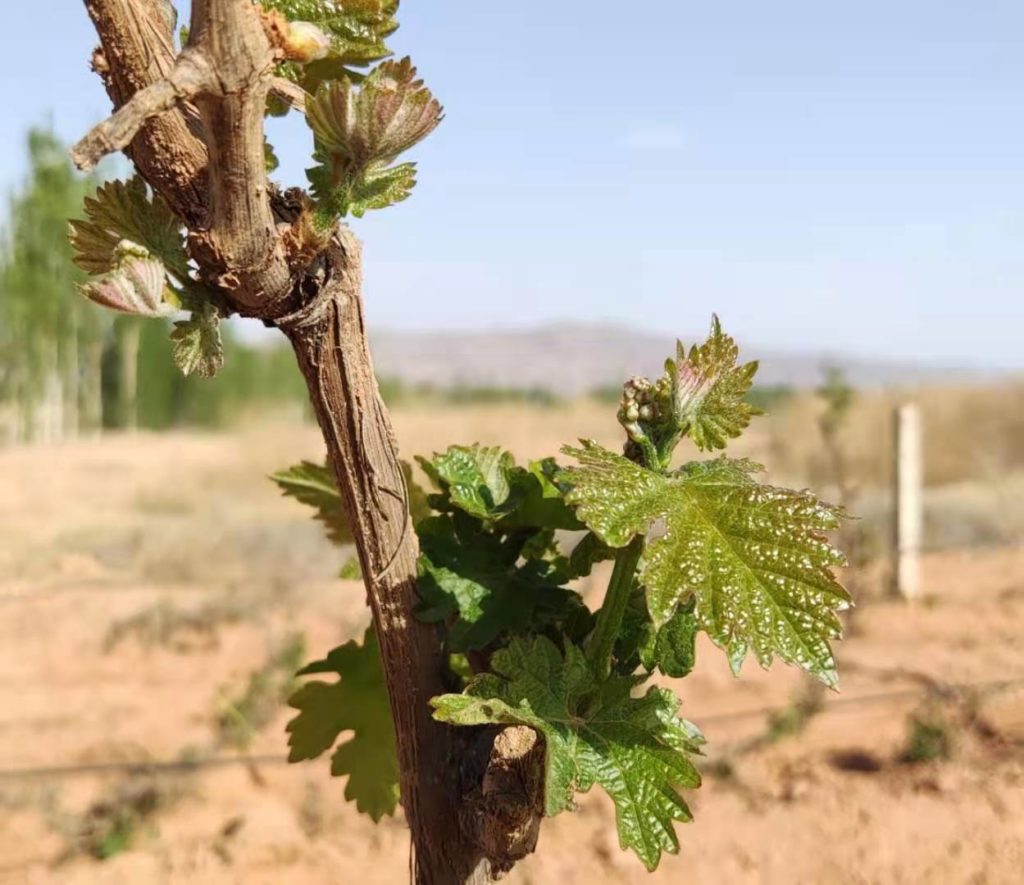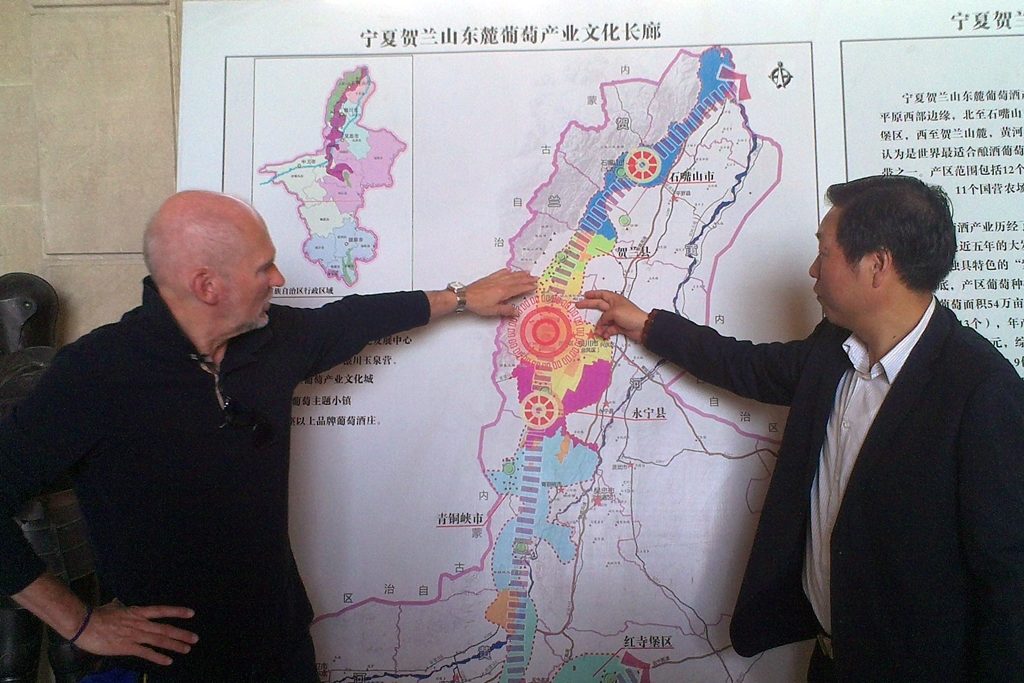
Three Ningxia wineries are vying to be first to summit a five-tier classification system that was launched in 2013 and that has drawn comparisons to Bordeaux’s 1855 Grand Cru Classe. This follows news that the region plans to triple vineyard coverage, with equally lofty targets for wine production and revenue, thus providing plenty more potential candidates for the system.
Below is a reprinted post from the winesningxia Instagram account about the classification system. (Note: I do some media consulting for Ningxia’s wine authorities.) That’s followed by my observations based on following news re the system and talking to trade people in the region.

Ningxia may soon name its inaugural “top tier” wineries in a classification system the region launched in 2013 and that invites comparisons to Bordeaux’s 1855 Grand Cru Classe. Successful applicants to that summit would no doubt inspire talk of Ningxia’s “Premier Cru.â€
Unlike the five-tier Bordeaux system, which has seen few changes over the years, Ningxia’s version is very much in flux. Participating wineries are evaluated every two years and can rise one tier if they accumulate enough points in categories such as vineyard status, brand reputation, tourism facilities and wine quality.
The current evaluation is the fifth since 2013 and thus the first time any wineries have been considered for the top tier. The three wineries elevated to tier two in 2019—Yuanshi, Helan Qing Xue and Chateau Bacchus—are eligible to reach the top if they earn enough points.
The program is overseen by a 38-member team of experts led by Hao Linhai, chairman of Ningxia’s wine federation, and his vice directors, Wang Hua and Li Xueming. The evaluation process began in earnest this week, with a meeting of the experts, promotion of the grading criteria and a planned gathering of wine samples, picked at random at each participating operation.
Next week, onsite reviews are set to begin and cover the assessment of production facilities, vineyards, branding and more. The wines will also be judged for quality.
The nature of Ningxia’s system means wineries can also drop a tier, or be removed from the system altogether, due to low scores for factors such as misuse of production facilities or lack of quality materials. Overuse of food additives such as colorants and sweeteners in the winery or pesticides and fertilizers in the vineyard, rank among the transgressions that can also be causes for downgrades, according to the official criteria.
Ningxia’s classification system is not without controversy. Some see it as giving structure to the wine trade, creating benchmarks for wineries and ultimately helping consumers who know little about Ningxia wine or any wine at all. Others think the system impedes operations that produce high-quality wine but lack the tourist facilities or other criteria needed to rise. Or that it is being implemented too soon in Ningxia’s development as a wine region. Expect that debate to continue to be lively!
While the continuing COVID-19 situation could cause delays, the evaluations are currently slated for submission from August 30 to September 1. The new classification order should be officially released a few days later, ahead of the annual Helanshan International Wine Fair.

A few observations about the classification system:
- I discussed the system with quite a few winery people in Ningxia during my trips there and found most saw both sides. On one side, the system does set goals and guideposts for the industry and, as one person put it, “You have to start somewhere.” On the other, wineries focused on wine quality, but without resources for the facilities and so on required for rising to the top ranks, seem at a disadvantage. Frankly, given the speed of development in Ningxia’s wine industry, it’s not surprising to see the system being promoted this early on.
- Ningxia is a relatively new wine region and numerous producers, including some already making high-quality wines, did not exist in 2013, thus the system obviously favors the relatively few that were established and organized. Also, as is obvious, the best wineries may be yet to come, although the counter-argument is that the current top operations have done very well in local and international wine contests and with leading critics.
- Capital is a key issue, since fulfilling the criteria, particularly in terms of facilities, costs money and not all players are equal in that regard. Thus, it could be argued the system excessively favors those with such means, notably many of the bigger operations, although such a situation would not be unique to Ningxia.
- Some of the most intriguing wines arguably come from small operations without such means or maybe even desire to participate in this voluntary system. Or from ambitious winemakers who lack vineyards and wineries but are able to buy grapes, rent equipment and make some tasty drops they market to their own circle of buyers. We may see a niche of “rebel” winemakers emerge counter to the system.
- There are hopes the classification system will guide consumers but determining how to reach these buyers has proven a mystery in general for the trade despite Ningxia wineries winning over a thousand medals in contests and China having one of the biggest wine education bureaucracies. The overall trade has seen little growth in recent years despite many appeals to authority, via those medals, points from critics and wine education. Will appealing to authority via this five-tiered system work?
- China’s wine trade is not that big, with lots of crossover among the people within it in terms of consulting and personal relationships, thus there is potential for the appearance of conflicts of interest involving expert team members. It seems crucial to not only make the system as transparent as possible but also to publicly promote that aspect of it.
Okay, that’s all for now. I’ll post more soon about the new classification rankings. In the meantime, we will have to wait and see if this is the year a winery reaches the summit.

Grape Wall has no sponsors of advertisers: if you find the content and projects like World Marselan Day worthwhile, please help cover the costs via PayPal, WeChat or Alipay.
Sign up for the free Grape Wall newsletter here. Follow Grape Wall on LinkedIn, Instagram, Facebook and Twitter. And contact Grape Wall via grapewallofchina (at) gmail.com.

Leave a Reply
You must be logged in to post a comment.